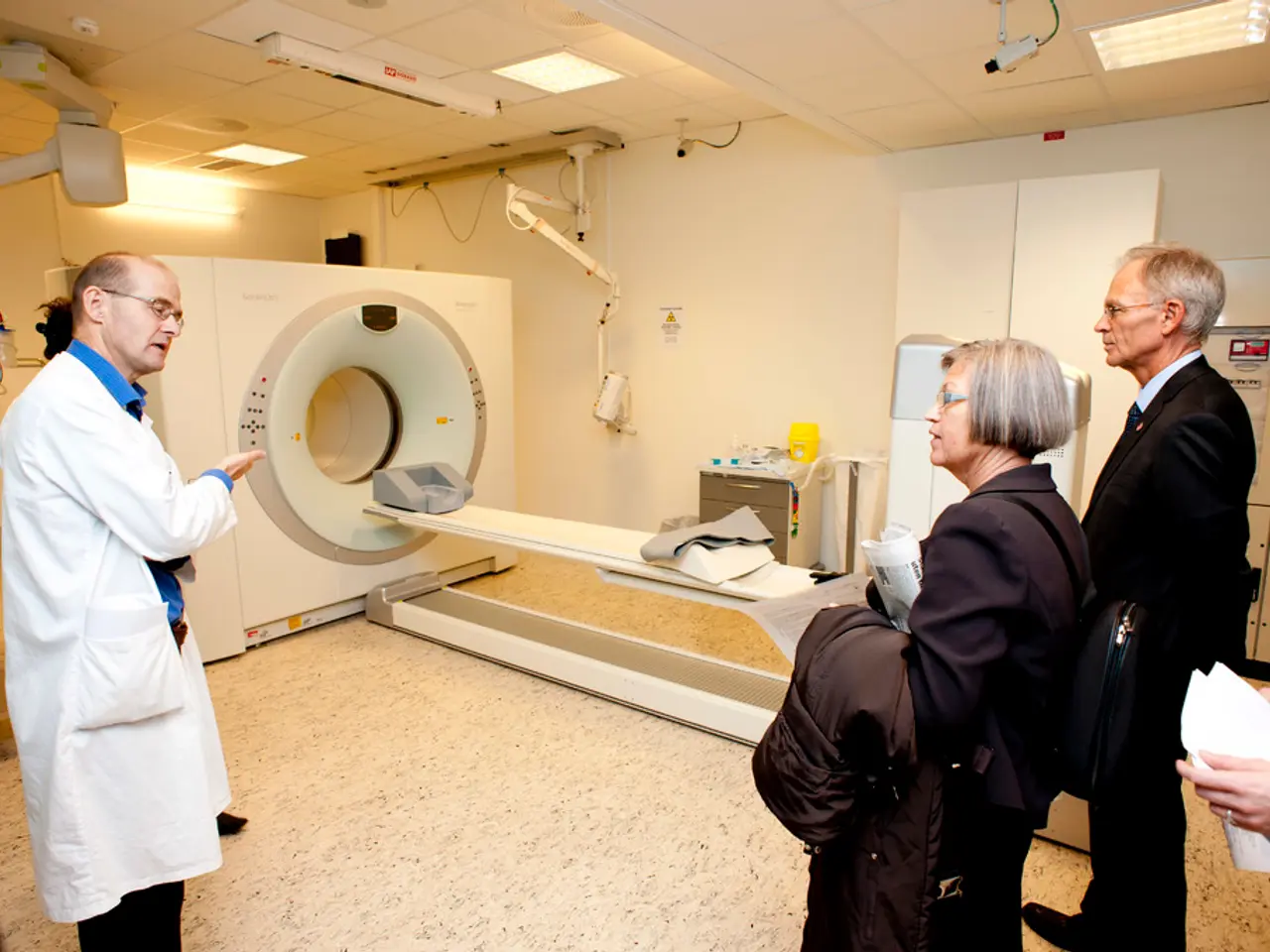Tech and innovation adoption encouraged through NHS performance rankings
The NHS has recently published a league table, ranking trusts and Integrated Care Boards (ICBs) based on their performance in completing patient pathways and dealing with the backlog. The table, which is part of the new Ten Year Plan, aims to drive the implementation of the best innovation and technology and end the postcode lottery of access to the best of the NHS.
Wakefield, Dorset, and North East Lincolnshire consistently ranked in the top 10 performing Sub-ICB locations, while Humber and North Yorkshire showed major variation in performance within the same ICB. North East Lincolnshire ranked third nationally, while neighboring Vale of York languished at 98th.
The Health Secretary believes the league tables will identify areas needing support and allow high-performing areas to share best practices. However, the debate over league tables driving better performance or highlighting embedded variations dates back to the Blair era. Some argue that the tables may encourage short-term thinking that stifles long-term investment in transformation of pathways and models of care through technology and innovation.
The Medical Technology Group, which has previously looked at how ranking health services can help understand innovation and technology driving improvement, used referral to treatment data to understand the ranking of the highest-performing ICBs. The Group also emphasizes the need for the department and other NHS bodies to be more creative in identifying the innovation and technology needed to build the future of our preventative, community-focused, innovation-led model of care.
Encouraging frameworks for using patient insight to drive NICE approved technologies and better involve patients in decision making around their care are starting to emerge. However, currently, only 40% of ICBs have patient representation, and there is an ongoing issue with how to fully integrate meaningful patient insight.
The new Ten Year Plan aims to cut red tape around technology and adoption to incentivize and encourage leadership to learn from the best. With the Plan's allocation of 3% of spending for transformation, there is a renewed focus on spread and adoption of technology and innovation.
The league table publication has received a mixture of welcome and concern. Some welcome the move towards accountability and transparency, while others express concerns about the potential for short-term thinking and the need for a broader understanding of the organizational culture and practice that drives successful adoption of technology and innovation.
As the NHS moves forward with its Ten Year Plan, it is clear that there is a need for the department and other central organizations to establish forums and mechanisms for sharing the right technology and innovation, understanding the right culture for enabling this, and improved collaboration between NHS bodies, policymakers, and local leadership. Good practice and innovation are abundant in the NHS, but driving its wider implementation through the sharing of best practice is another challenge we are only starting to get to grips with.
Read also:
- Overweight women undergoing IVF have a 47% higher chance of conceiving naturally post-weight loss
- Bonsai Trees from Evergreen Species: Exploring Growth Characteristics & Distinct Qualities
- What temperatures may make walking your canine companion uncomfortable?
- Title: Information About Beovu: Potency, Form, Usage, and Additional Details





